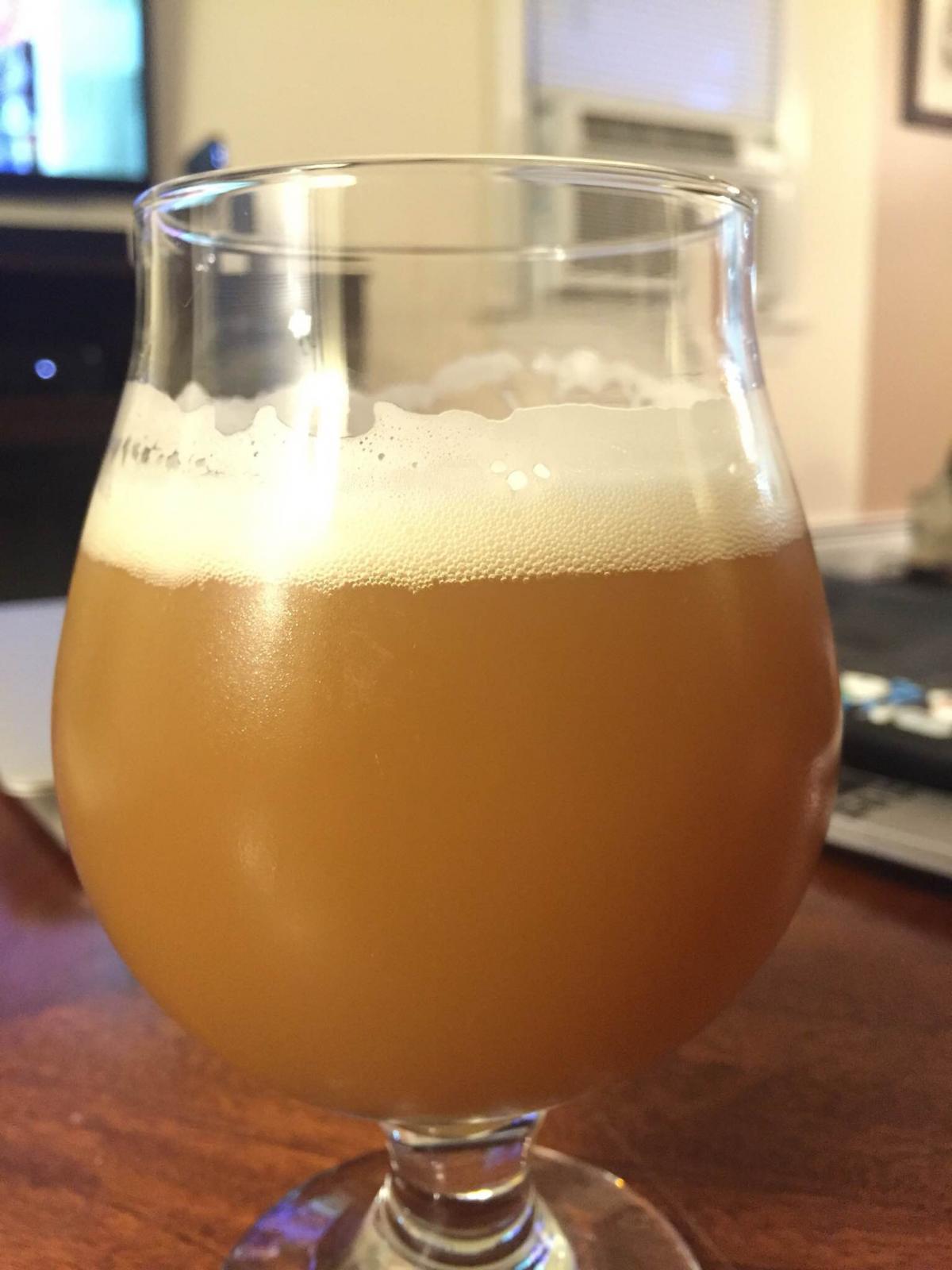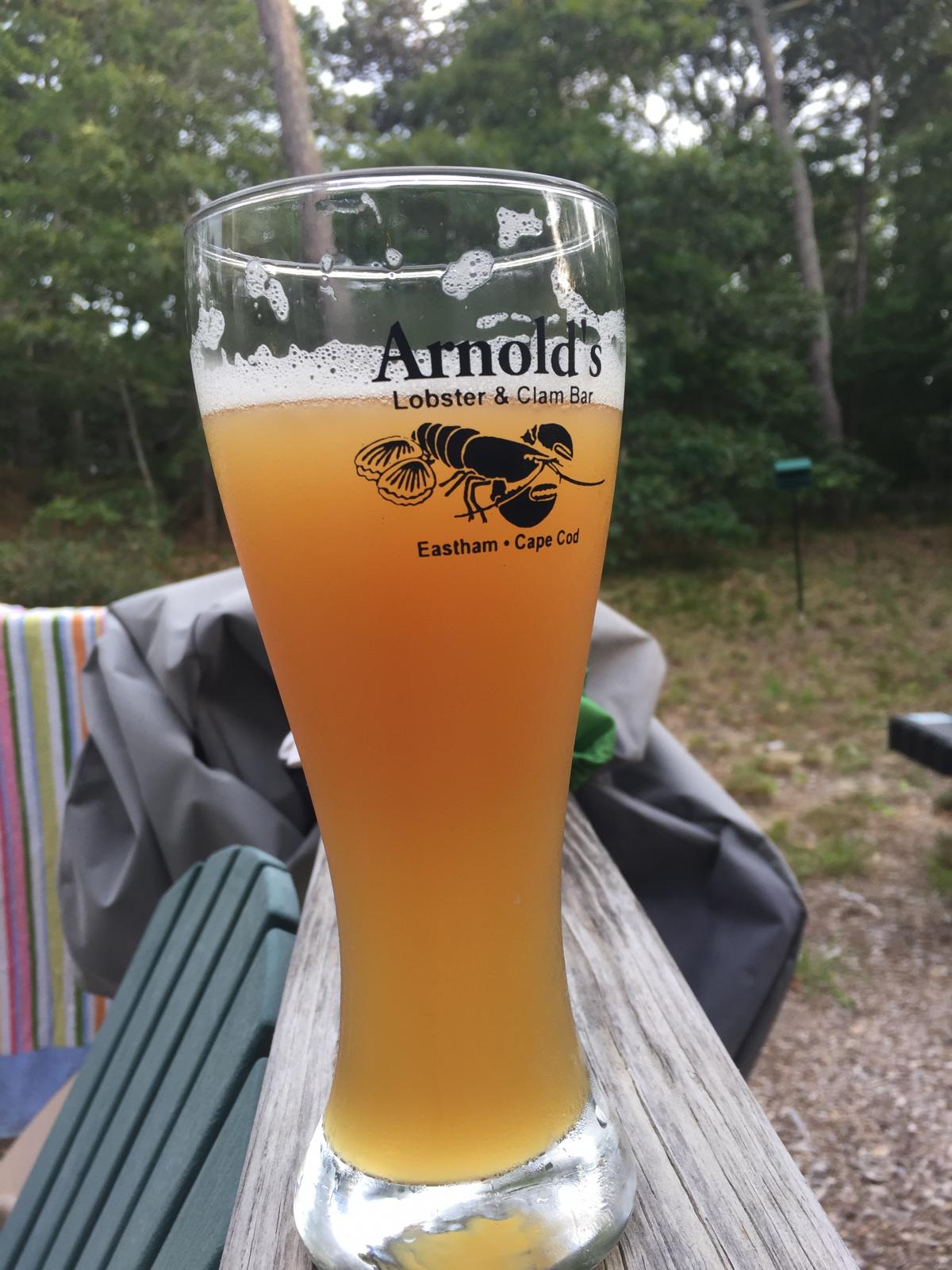Thanks, I didn't have access to my brun water file and I just checked and it is actually 60:120 SO4:Cl - not sure why I thought it was so high and opposite. Definitely will cut the dextrose either in half or eliminate it next time
I use dextrose every time I brew a NE style IPA you just have to mash a little higher to offset it. I still get a pretty nice mouthfeel using it and going high cl to sulfate. Trillium uses dextrose in almost all their beers and they have a real nice mouthfeel, yeast choice also plays a part too. I find I have to use dextrose especially when using 1318 otherwise it's hard to get the fg in the 1.012 range without it. Oh I only use a 1/2lb so just enough to help the beer dry out and finish a little lower but not thin it out. But that beer looks great, just like Julius from treehouse.






